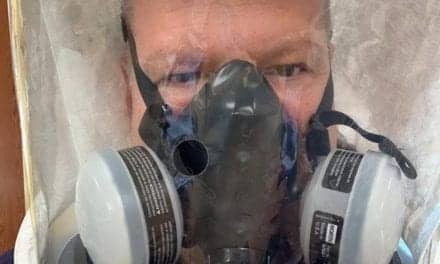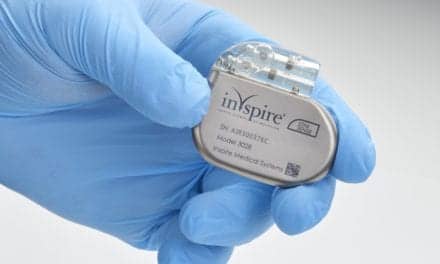People with heart failure and obstructive sleep apnea (OSA) can significantly reduce hospitalizations and emergency room visits as well as related costs by being adherent to positive airway pressure (PAP) therapy, according to two studies supported by ResMed and presented at SLEEP 2023.
One retrospective study showed people with OSA and systolic heart failure and adherent to PAP had 24% fewer emergency room visits and incurred 40% lower costs related to hospitalizations and emergency room visits over one year ($3,500 vs. $5,879) compared to non-adherent patients. The study analyzed 1,472 people, exactly half adherent on PAP and half non-adherent.
The second retrospective study showed people with OSA and diastolic heart failure and adherent to PAP had 36% fewer emergency room visits, 57% fewer hospitalizations, and incurred 18% lower related costs (an average of $12,732 versus $15,610) over one year. This study analyzed 1,926 people, again exactly half adherent on PAP and half non-adherent. It also found that converting a non-adherent PAP user in this study to an adherent one would save them an average of 1.25 visits.
The studies hold significant implications for managing heart failure patients since 76% of them also have sleep apnea, according to a release from ResMed.
“Since three out of four people with heart failure also have sleep apnea, these findings underscore the significant role PAP treatment plays in keeping people healthy and out of the hospital,” says Fatima Sert Kuniyoshi, MSc, PhD, lead author, and ResMed clinical research director, in a release. “I hope this leads to a greater emphasis on PAP prescription and monitoring for the sake of patients as well as the hospitals and ERs that would otherwise require added beds and resources to care for them.”
ResMed supported 10 abstracts presented this week at SLEEP 2023, including a global multi-study analysis that estimated over 200 million women worldwide have mild obstructive sleep apnea. That’s equal to 13.4% of women ages 30 to 70, or over one in eight.
The study’s abstract points out that while PAP treatment is beneficial in treating mild OSA, the key to optimizing health outcomes is first diagnosing it—particularly in women: “Females with OSA tend to be milder than their male counterparts, with lower AHIs, less oxygen desaturations, and different symptoms such as fatigue and insomnia. [Therefore], females with mild OSA are at risk of being underdiagnosed and undertreated.”
Overall, an estimated 936 million people worldwide have sleep apnea, ranging from mild (five to 14 apneic events per hour) to severe (over 30 per hour).
Photo 124538484 © Andrey Popov | Dreamstime.com





